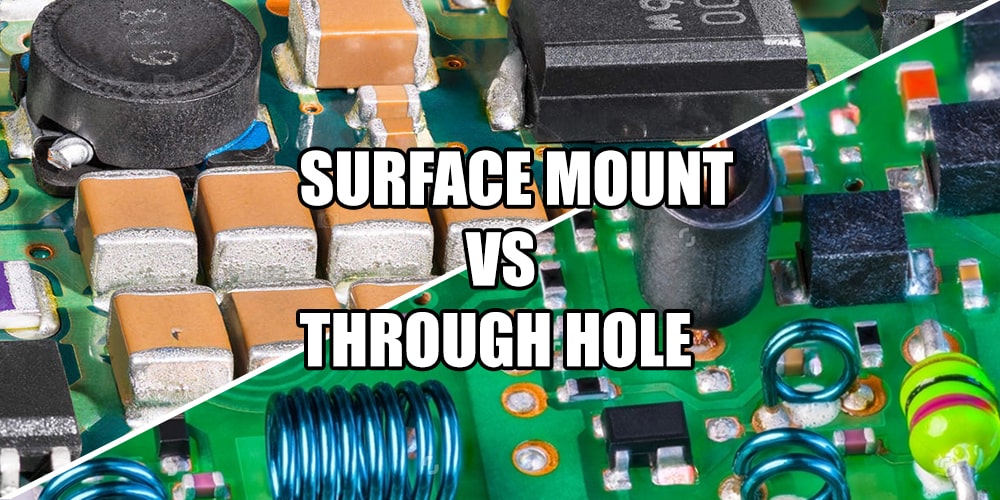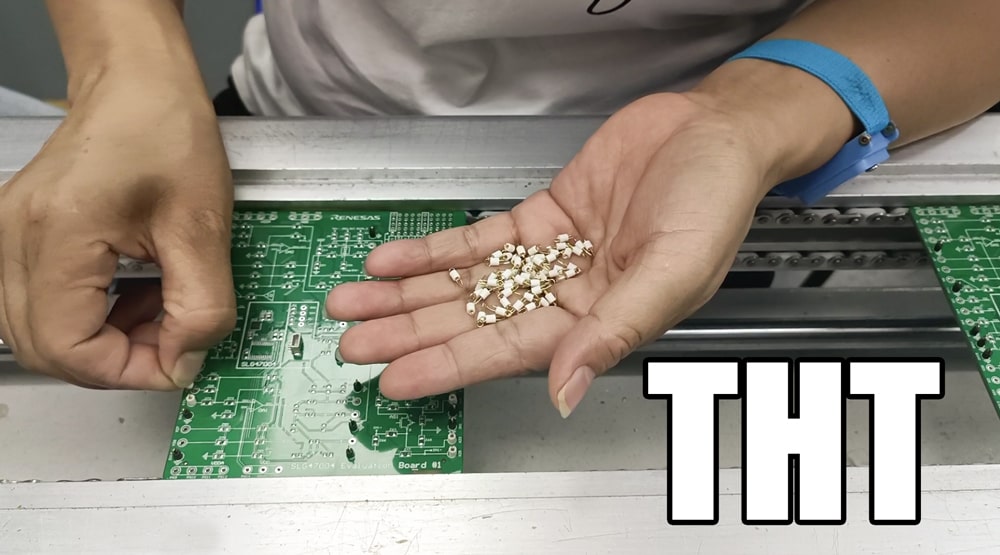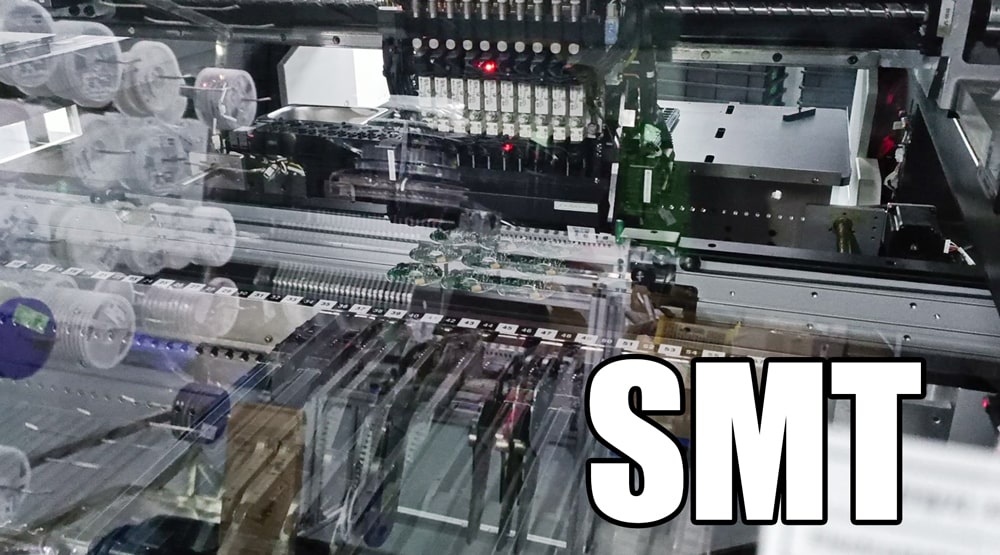Surface Mount(SMT) vs Through Hole(THT)
21 January 2025
Views: 3631
Through-hole technology (THT) and surface-mount technology (SMT) are the two dominant assembly technologies in electronic manufacturing and related fields. Both techniques have unique advantages and challenges, and have continued to evolve with the changing demands of electronic development. To select the appropriate process for a project, it is important to understand the differences between SMT and THT to achieve the best balance of performance, efficiency, and cost.

What is through-hole technology (THT)?
Through-hole technology has been the traditional method of installing electronic components on printed circuit boards and is an earlier technology compared to SMT. Although new technologies continue to emerge, THT is still popular in some applications. THT involves inserting leads into drilled holes on the bare circuit board to achieve a secure mechanical bond and electrical connection, followed by soldering the leads to pads on the other side of the PCB.
What is surface-mount technology (SMT)?
Surface-mount technology is a newer assembly technology that became popular in the late 20th century. SMT has several advantages over THT, such as lower manufacturing costs, higher component density, and greater design flexibility. SMT involves directly connecting components to the surface of the PCB, and surface-mount components (SMCs) are installed using solder paste without the need for holes on the board, allowing for smaller package sizes.
THT vs. SMT

Advantages of THT:
1.Mechanical strength: THT components have excellent physical resilience and are suitable for applications involving heavy loads or vibration, such as military-grade equipment or instruments.
2.Simplified prototype design and repair: THT components are typically easier to repair or replace than SMT components, making THT the preferred method for prototyping and small-batch production.
Disadvantages of THT:
1.Larger footprint: The need for holes, larger components, and more workspace makes through-hole design less suitable for compact projects.
2.Slower production process: THT assembly typically requires manual labor, resulting in slower production speeds and higher costs compared to SMT.

Advantages of SMT:
1.Space-saving design: SMT components are much smaller than THT components, allowing for higher component density on the circuit board. This makes SMT more suitable for compact, high-performance devices such as smartphones and laptops.
2.Faster production speed: Surface-mount technology is highly compatible with automated machinery, ensuring faster production speeds and improved cost efficiency. In contrast, THT typically requires more manual labor, resulting in slower production times and higher labor costs.
Disadvantages of SMT:
1.Reduced mechanical strength: SMT components have weaker mechanical bonds than THT components, making them more susceptible to damage from vibration or heavy loads.
2.Complex prototype design and repair: Surface-mount technology requires advanced soldering skills, and smaller components can make repair more complex and time-consuming.
How to choose between SMT and THT?
Reasons to choose SMT:
1.If your design requires high component density and frequent operation, or if you plan to expand production in the future, SMT may be the better choice.
2.SMT components are typically smaller, allowing for higher density and more compact designs. If your project requires high miniaturization or has complex circuits, SMT is the better choice.
3.SMT components can be assembled faster since they are directly soldered to the surface of the PCB. Faster assembly means less manufacturing time and lower costs. However, for small projects or start-ups, THT may be easier to use.
4.SMT components are cheaper in large-scale production.
Reasons to choose THT:
1.If your design requires heavy or larger components, THT components are more robust and better suited for mechanical stress or harsh environments.
2.THT components are often easier to desolder and replace and can be more easily manually soldered and inspected, which may be advantageous for maintenance or rework. Although its component density is lower and unit cost is higher, THT's strength and flexibility have advantages in small-batch production, especially for prototypes or products under testing.
3.Using a mixed approach of SMT and THT can also be a very good solution. You can take advantage of the strengths of both methods, using THT for components that require greater mechanical strength, and SMT for smaller, more numerous components.
Conclusion
In summary, through-hole and surface-mount technology both have unique advantages and limitations. Understanding the requirements and priorities of your project is important for meeting your specific needs. If you have a need for SMT or THT, please feel free to contact us at POE, where we have over 20 years of manufacturing experience!




